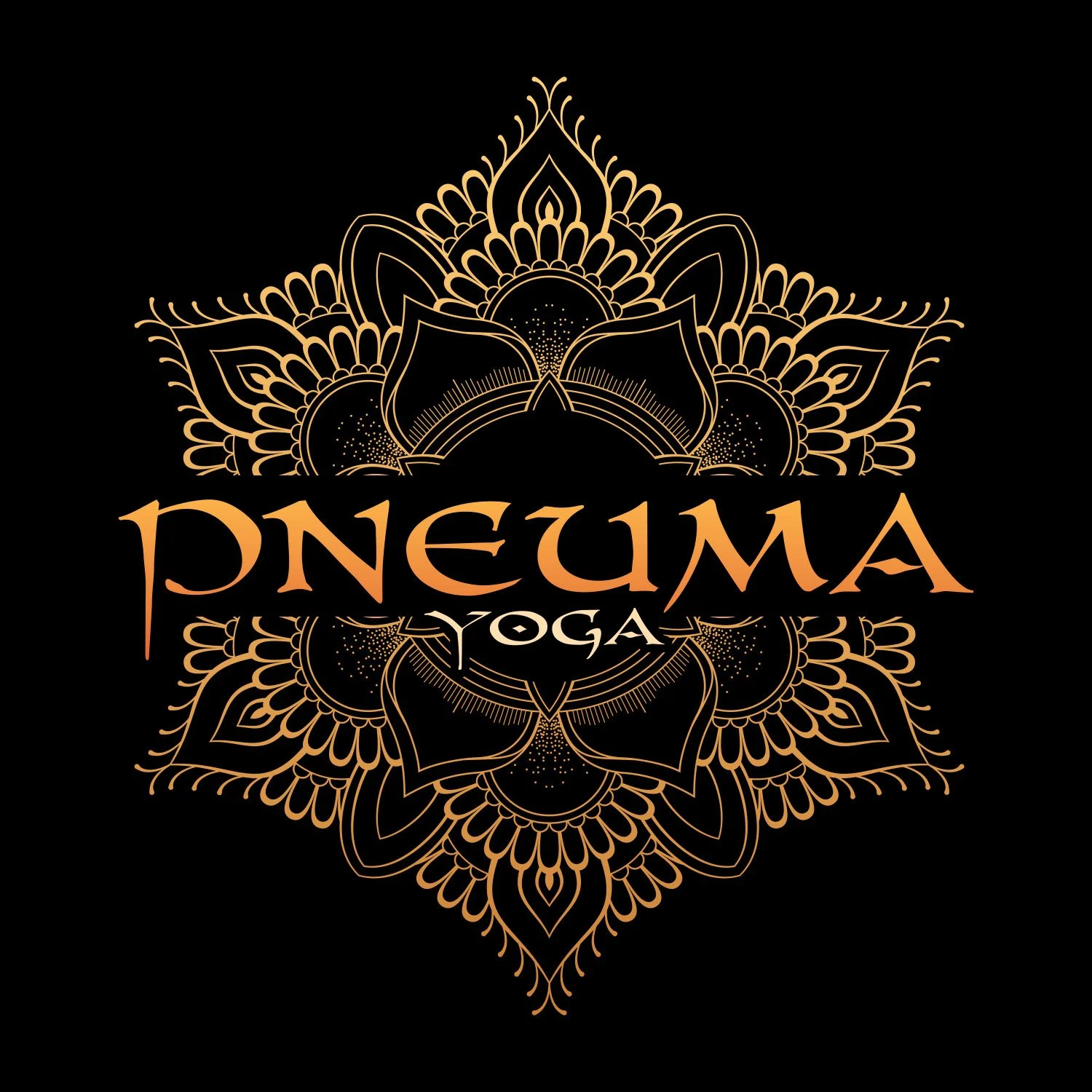The Green Light Stress Response – When "Go Mode" Holds Us Back
Always On, Always Forward
If the Red Light Stress Response curls us inward in protection, the Green Light Stress Response drives us outward into action.
It’s the pattern of go-go-go. It pulls us into hyper-vigilance, readiness, and overdrive. And while that can help us meet deadlines, carry heavy loads, and push through fatigue, over time it wires tension deep into our back extensors, pelvis, and breath.
This pattern isn’t just about posture—it’s about culture. Many of us in America, especially, are raised on the ethic of productivity and “pull yourself up by the bootstraps.” But that drive often comes at a cost: chronic low back pain, shallow upper chest breathing, anxiety, and a nervous system that can’t quite switch off.
The Physiology of "Go Mode"
Thomas Hanna described the Green Light Reflex as the contraction of the back extensors—erector spinae, gluteals, hamstrings—pulling the body into an anterior tilt. The chest juts forward, ribs flare, the sacrum pulls up, and the pelvis tips forward to keep the body upright.
From a polyvagal perspective, this is sympathetic arousal in action. We prepare to “move forward” toward the challenge. But when the reflex never releases, we live stuck in readiness—like an engine revving all day without rest.
Symptoms of Green Light Stress Response often include:
Low back pain
Tight hamstrings and calves
Anxiety and restless energy
Upper respiratory (chest) breathing instead of diaphragmatic breathing
Digestive issues from an overstimulated sympathetic nervous system
Rajas: The Yogic Lens
In yoga philosophy, this forward-driving energy resembles rajas—one of the three gunas, or qualities of nature.
Rajas is activity, movement, restlessness. In balance, it fuels creativity and action. Out of balance, it leads to overexertion, irritability, and scattered energy.
The Green Light Reflex, then, is the physical embodiment of excess rajas—pulling us into striving without rest, ambition without grounding.
My Journey with Green Light Patterns
For me, this showed up as an anteriorly shifted pelvis and years of persistent low back pain.
The hardest part? I didn’t even realize how much pain I was in until I started reconnecting to my body. For years, I told myself it was normal. It wasn’t.
Learning to feel my low back was humbling. At first, the tension felt immovable. It took patience, subtle movements, and an enormous amount of curiosity before my body felt safe enough to begin to release. And even then, the real challenge wasn’t the practice—it was the integration. My body wanted to snap right back into the old posture.
This is the heart of somatics: to feel, to re-educate, to gently remind the body again and again until the new pattern becomes the default.
Practices That Help Rebalance
Here are some of the tools that helped me—and continue to help my students—work with the Green Light Stress Response:
Arch and Flatten (Cat/Cow or Supine Version): Gentle, somatic exploration of spinal flexion and extension to bring awareness into the back line.
Supported Forward Lean (at a counter or table): Allowing gravity to assist, this position helps the back extensors release while the torso feels safe and supported.
Yogic Squat (Malasana): This posture was revolutionary for me. It took practice, but holding it regularly retrained my pelvis, hips, and low back to find a new baseline.
Yoga Namaskar (Sadhguru’s short practice): A simple yet powerful series that helped keep my extensors “happy” and mobile.
Subtle Somatic Movements: Slow, mindful awareness practices that let the nervous system rewire from the inside out.
The real work, though, is remembering to bring this awareness into daily life. Sitting, walking, bending, even standing in line—all opportunities to pause, release, and re-pattern.
The Cultural Weight of Green Light
The Green Light Stress Response is not just individual—it’s collective.
Our society rewards “forward pull.” Long work hours, relentless productivity, and constant stimulation keep us revved in sympathetic arousal. Many of us wear this posture unconsciously, embodying the very culture we live in.
But here’s the truth: a body stuck in “go mode” eventually burns out. Chronic tension, anxiety, and exhaustion are not badges of honor. They are signals from your soma that something has to change.
The Pneuma Yoga Approach
The Pneuma Yoga Method bridges somatic re-education, therapeutic yoga, and breath awareness to gently unwind this pattern. By training proprioception and interoception, we learn not only to move differently but to sense differently.
We use the breath to settle the nervous system, somatic movements to retrain the back line, and yogic philosophy to remind us that balance—not endless striving—is the true goal.
Over time, this combination reshapes posture, reduces pain, and restores the ability to breathe deeply and live calmly.
Want to Explore Further?
Practice the Arch and Flatten or the Red Light/Green Light Class on YouTube.
Explore the Move Free series on the Pneuma Yoga site for guided somatic and yoga sessions.
Try the Breathing Practices in the member’s area to rebalance sympathetic overdrive.
Book a private session to address your unique patterns.
The Green Light Stress Response may be woven into our bodies and our culture, but it is not permanent. With awareness, practice, and patience, you can rewire these patterns and discover freedom where there once was tension.
Because when the body finally feels safe, it remembers how to rest.

